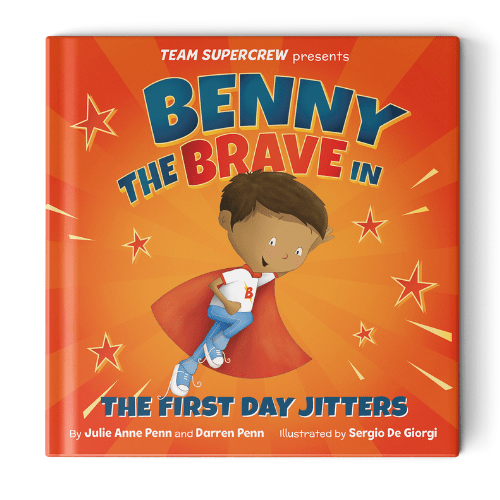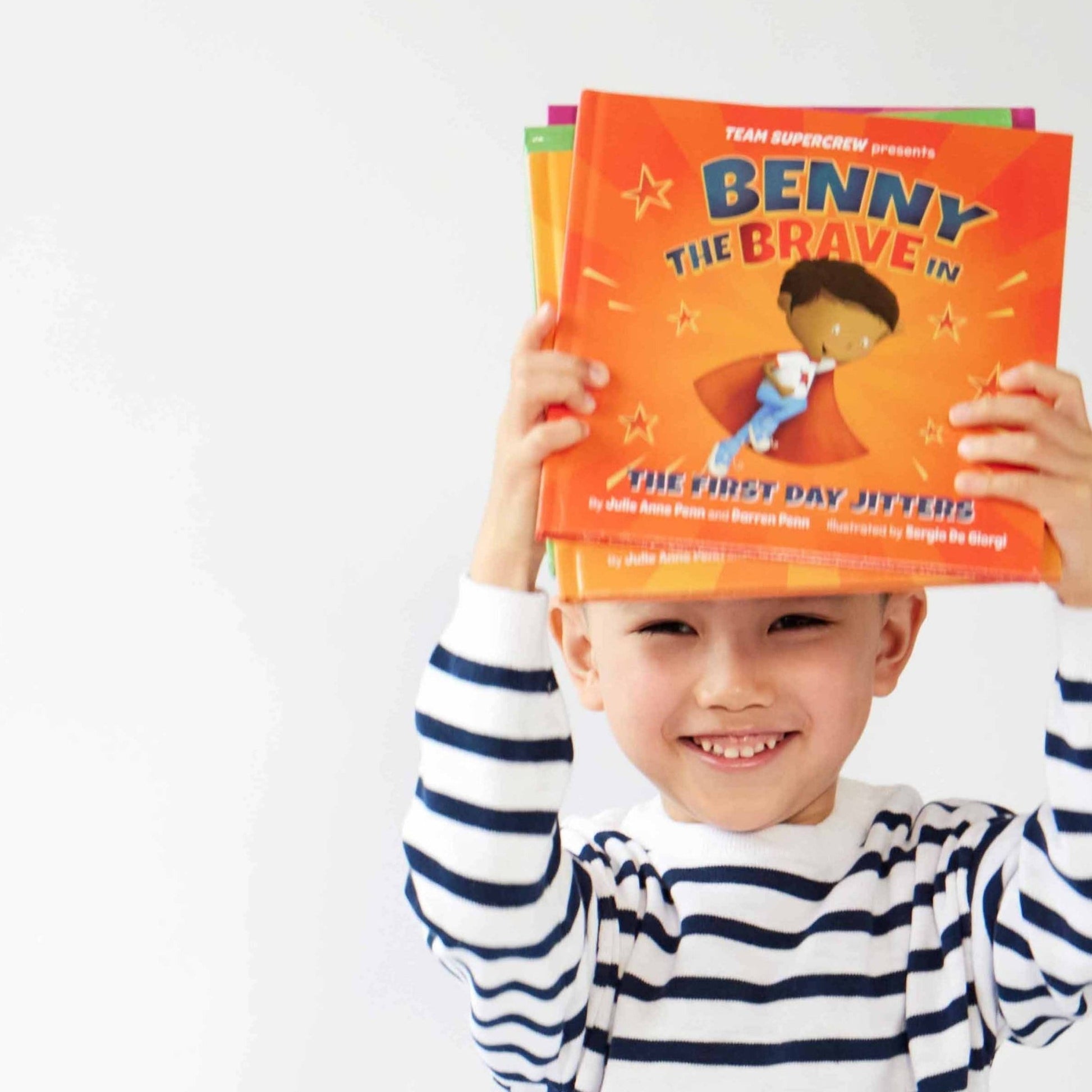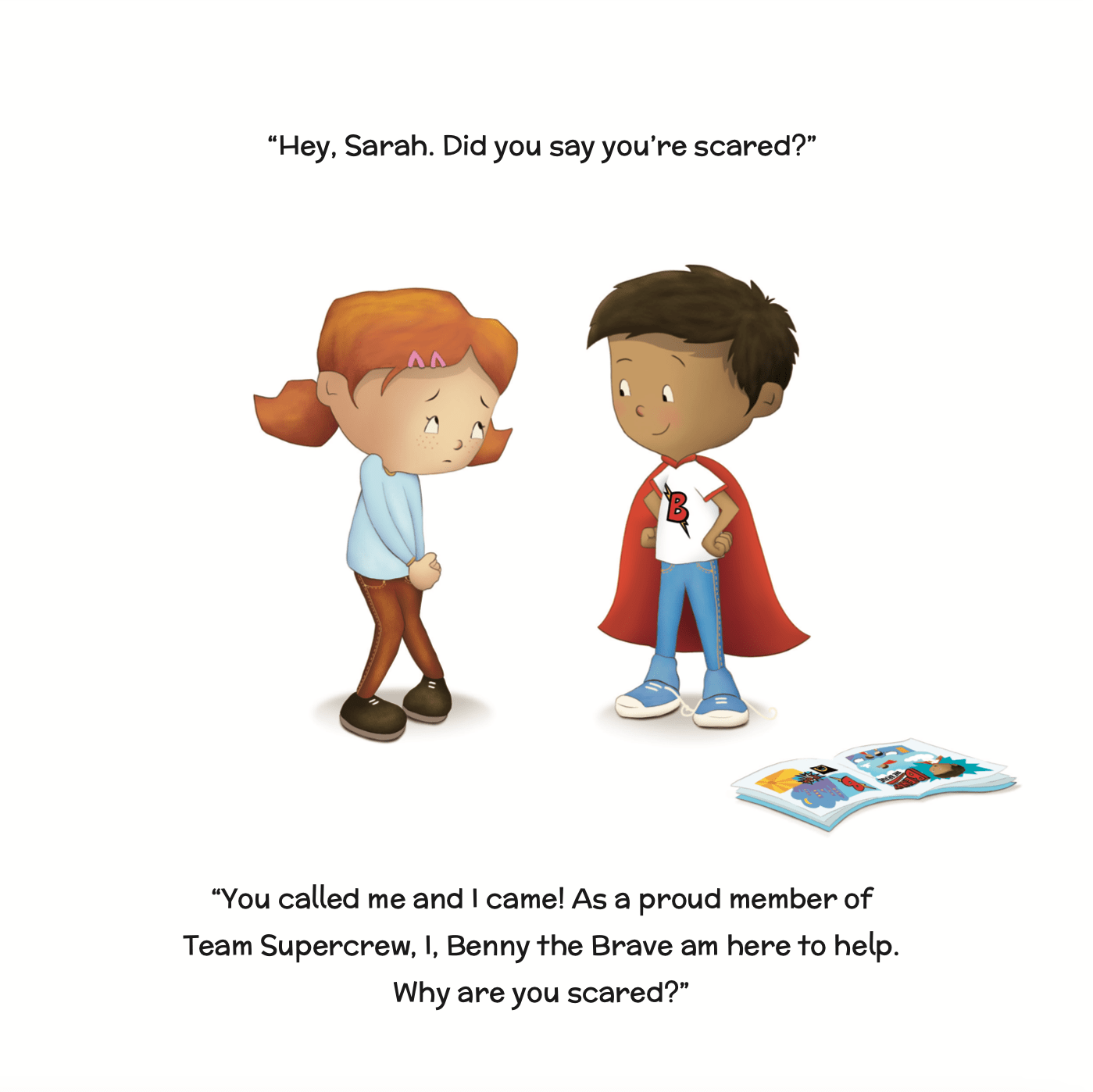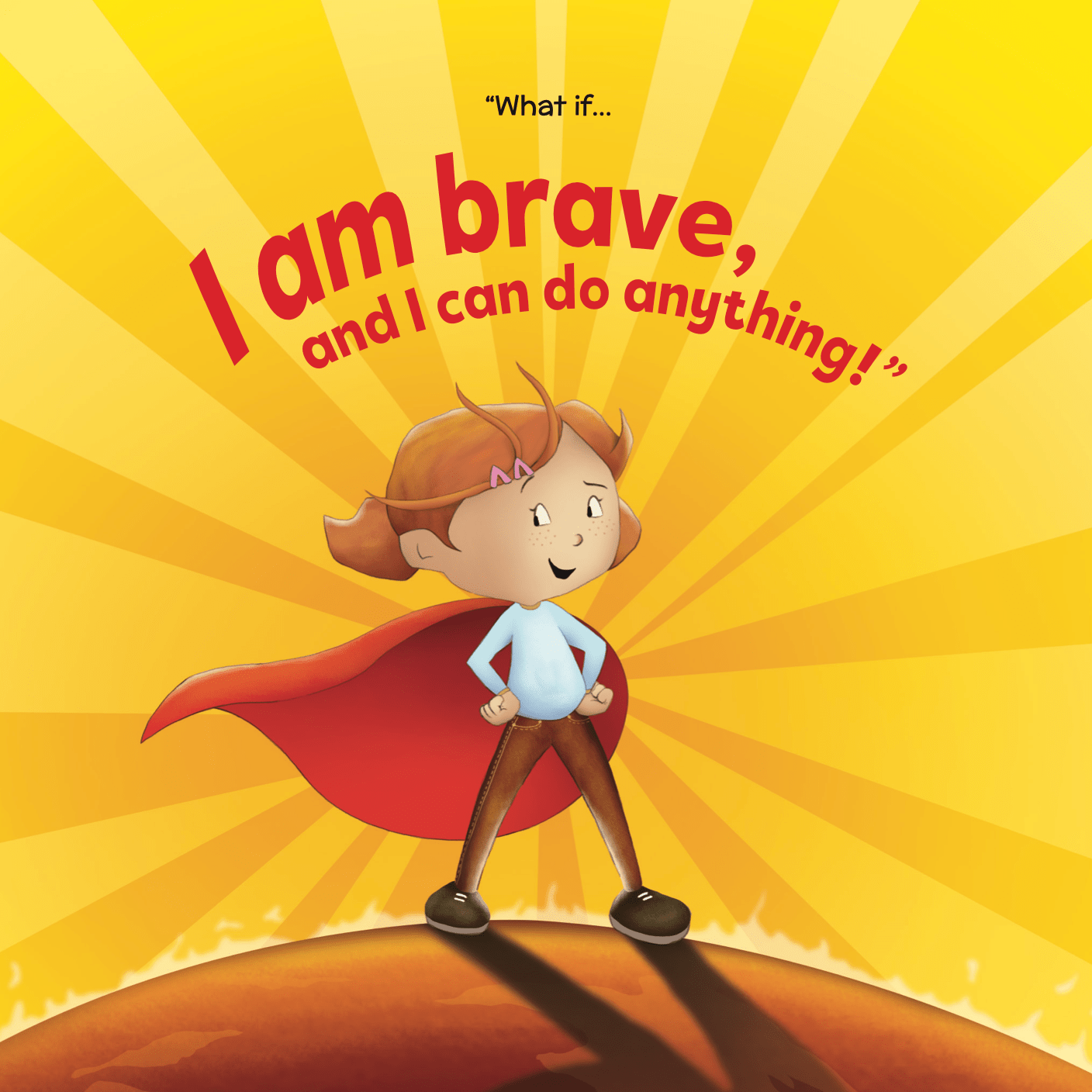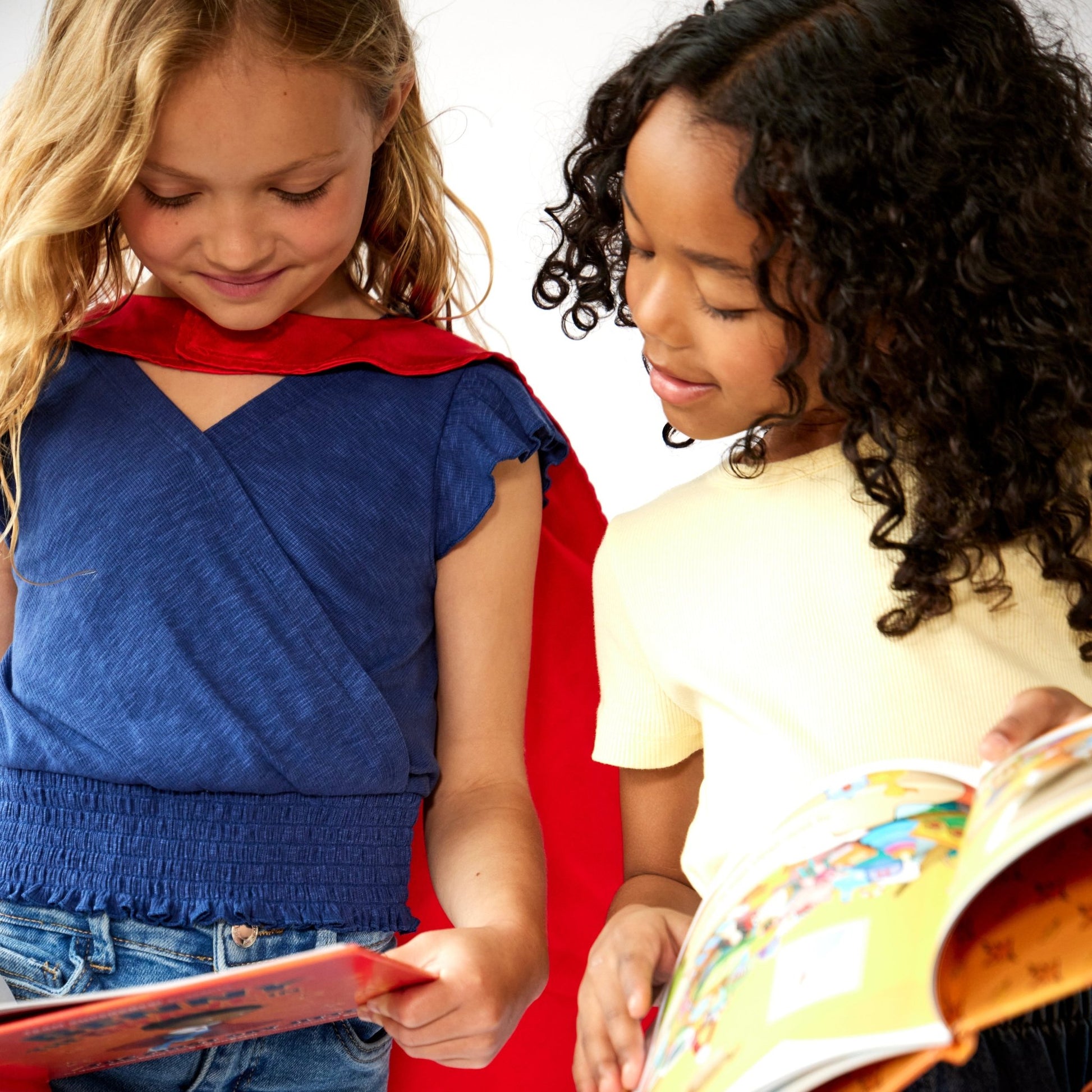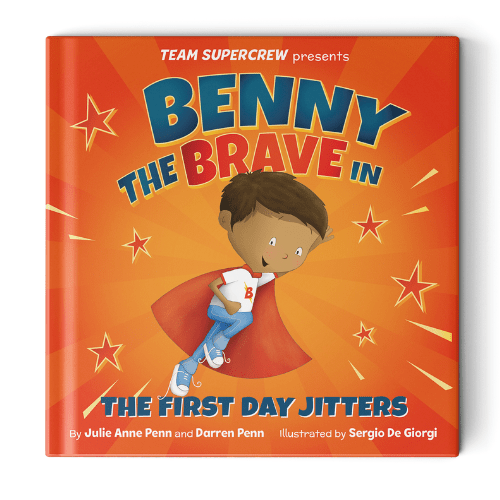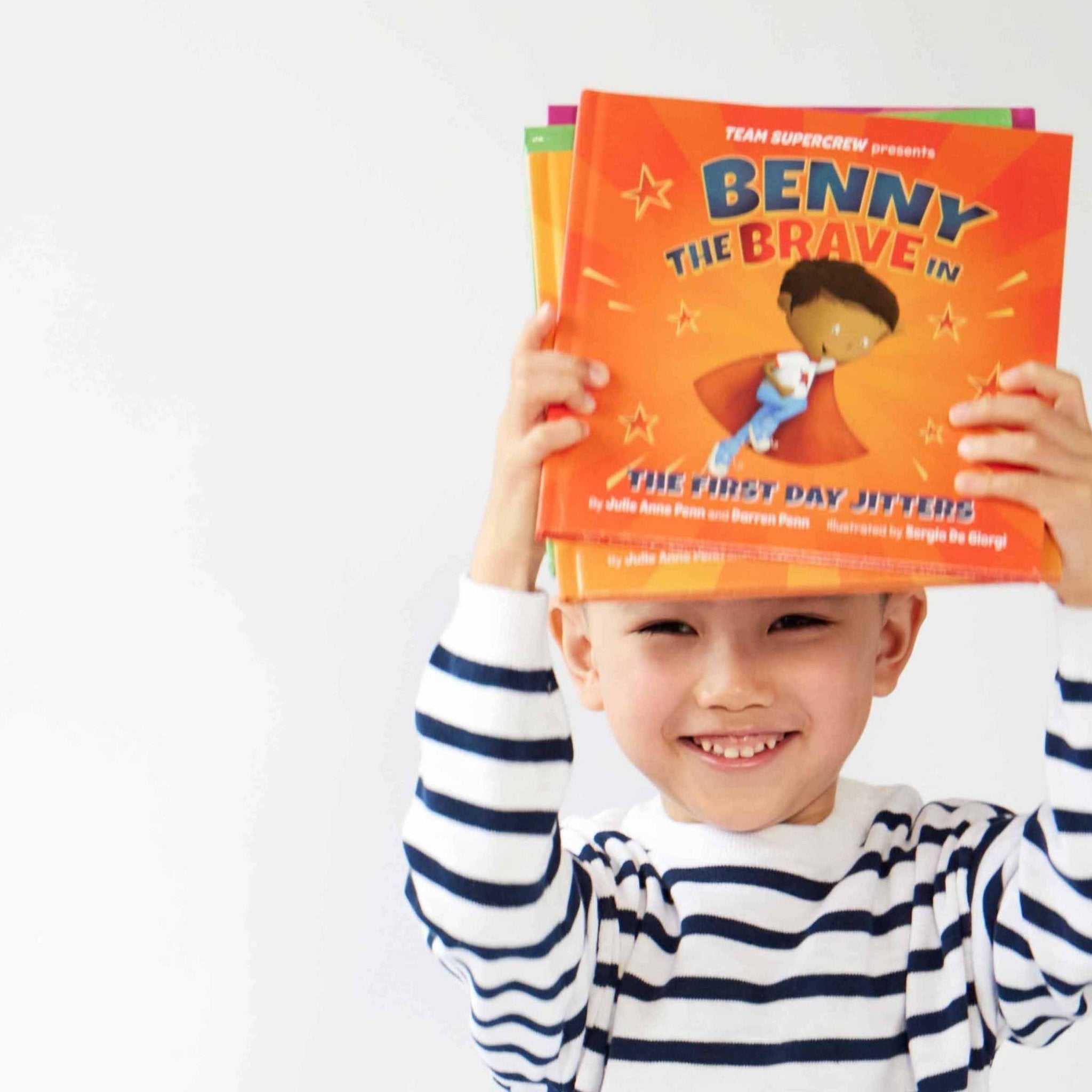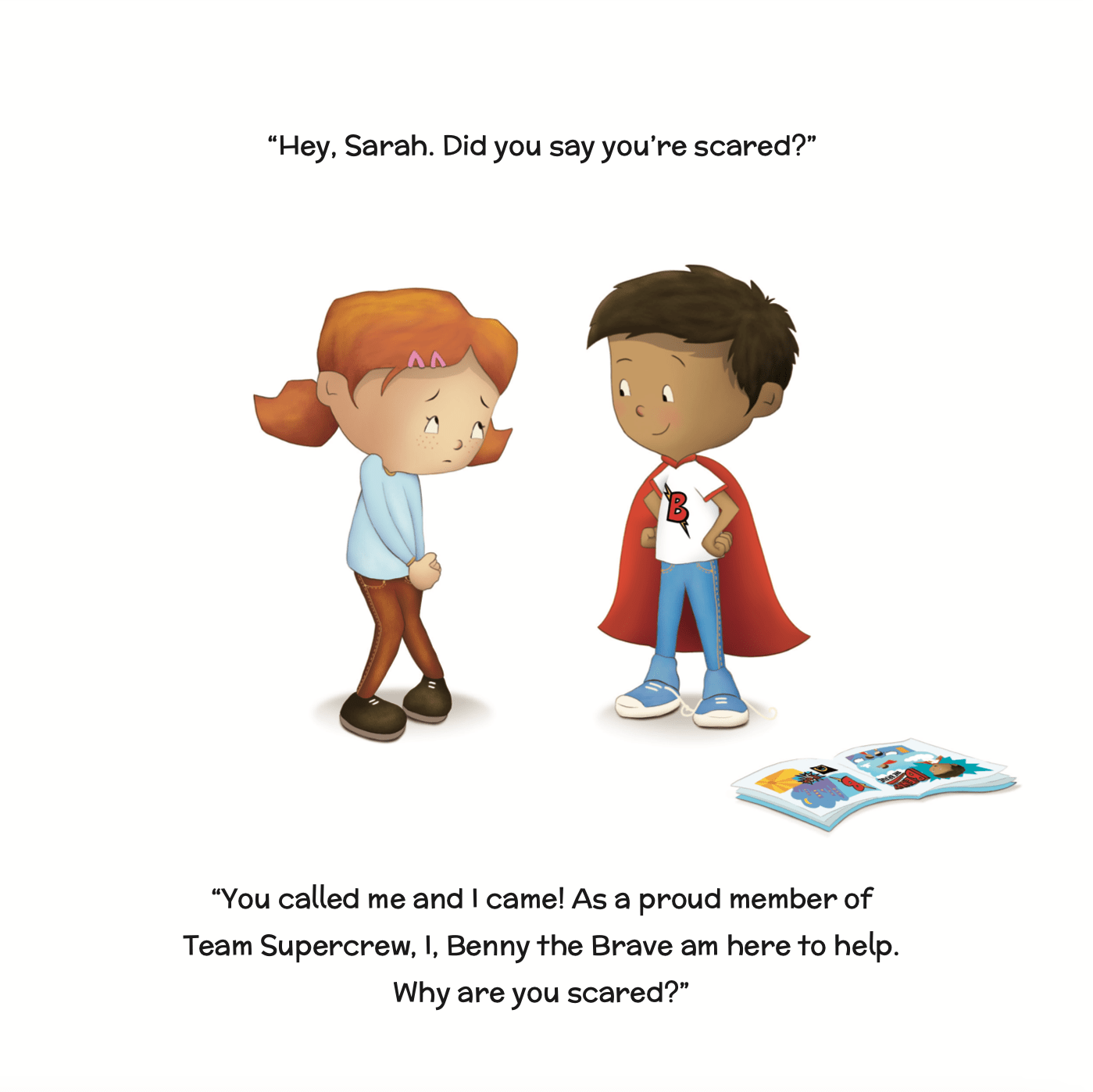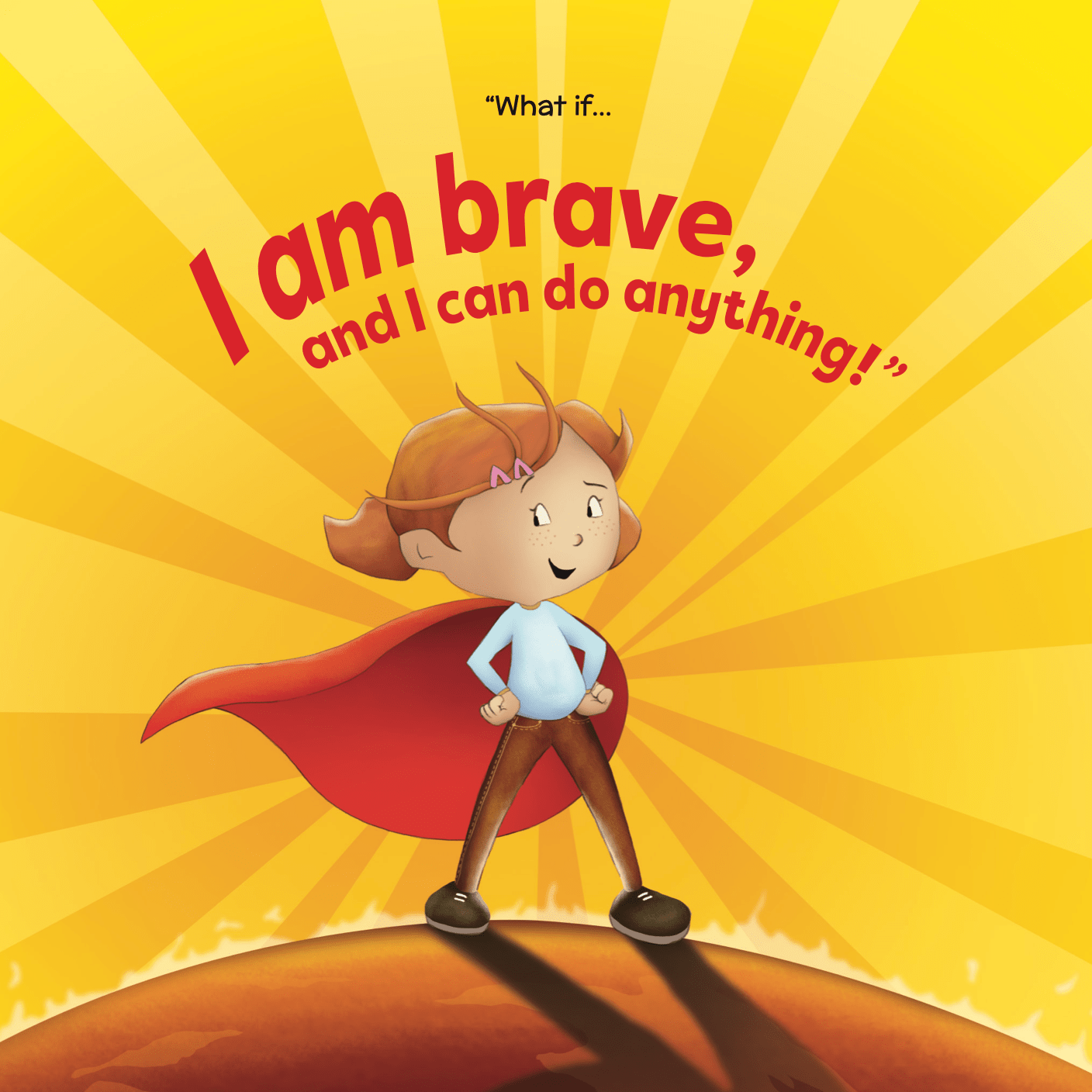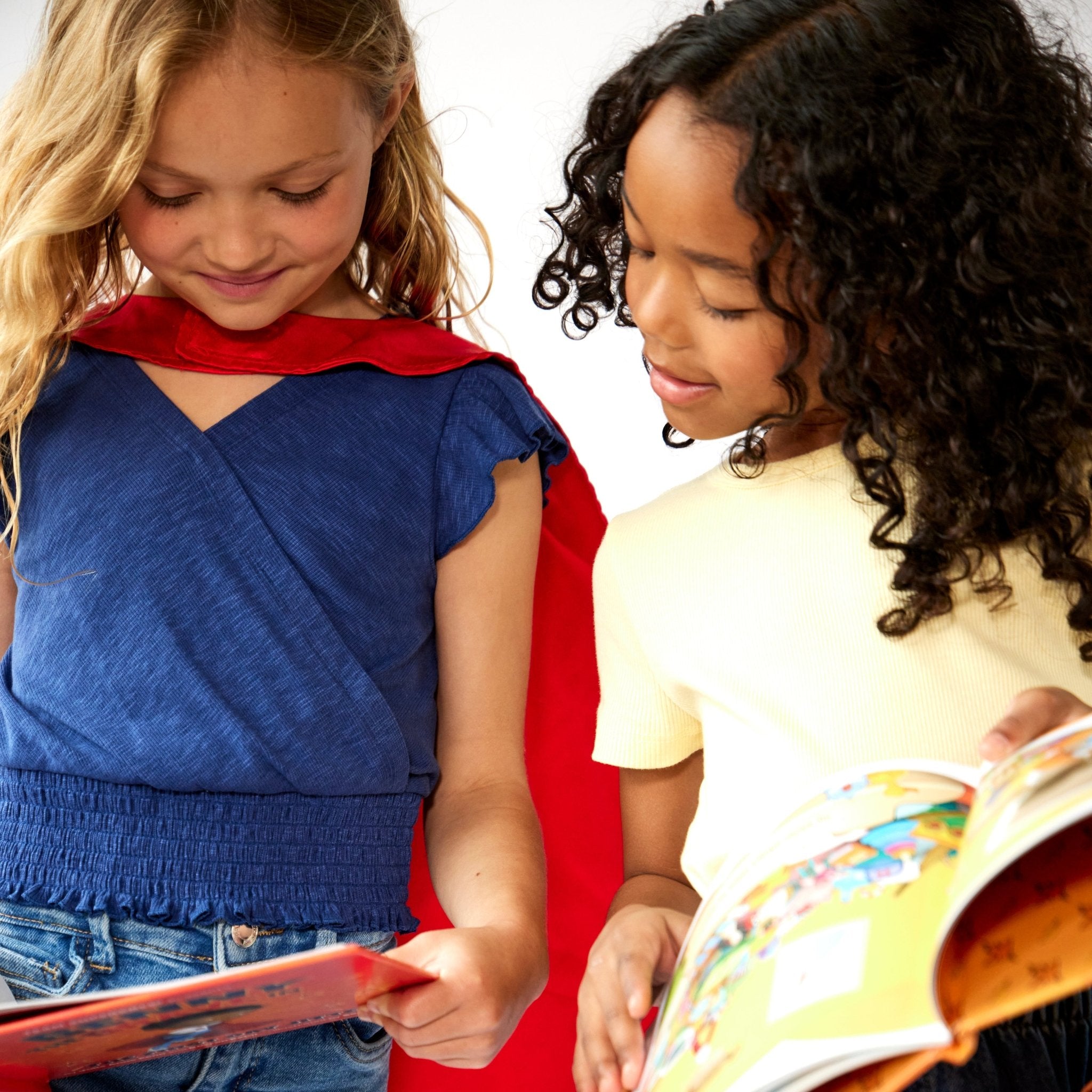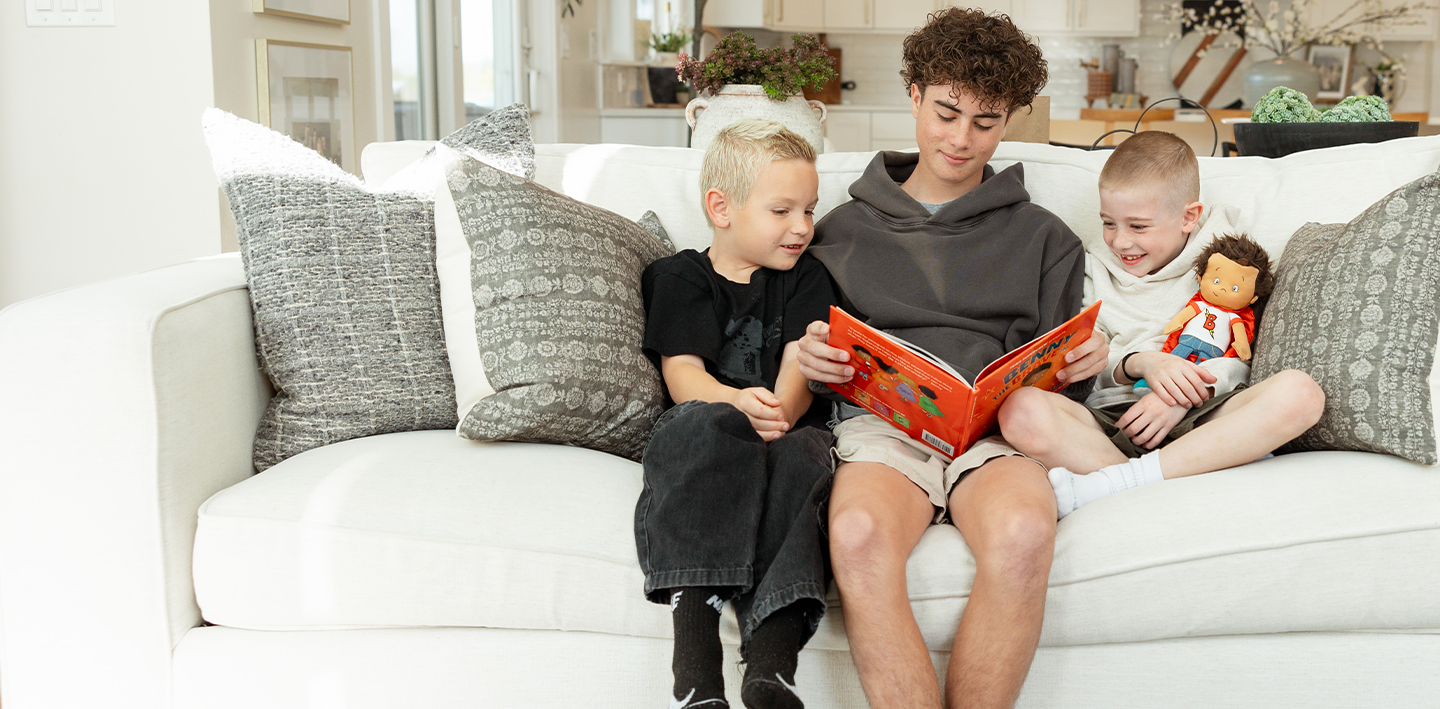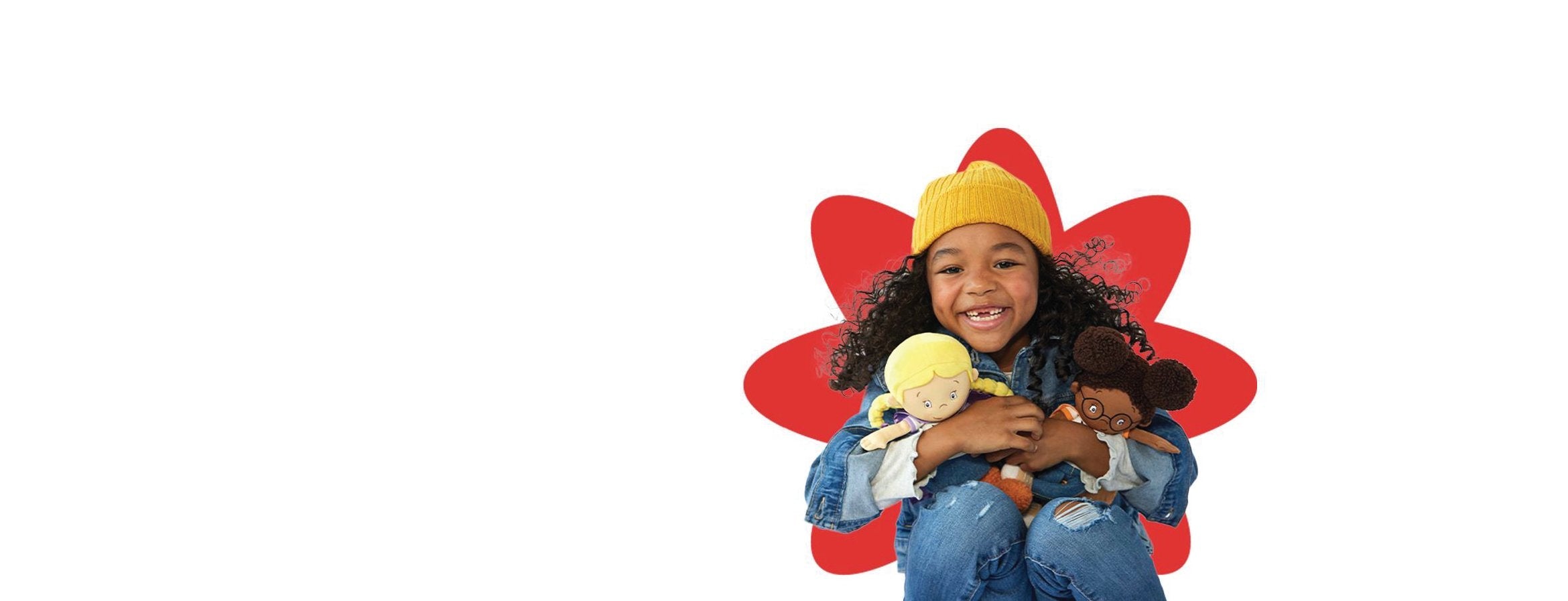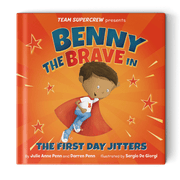Benny the Brave in The First Day Jitters
Benny the Brave in The First Day Jitters
Description
Description
Team Supercrew’s Benny the Brave is here to remind kids that they have the power to be BRAVE inside of them whenever they need it!
Sarah’s about to start a new school that’s on a distant planet. She doesn’t have any friends yet. Her teacher may or may not be a swamp creature. And worse, lunch looks like it’s wriggling, slimy and alive!
But just before the school bus arrives, Team Supercrew’s Benny the Brave comes to the rescue!
•Ages 2-8
What's Included
What's Included
How It Helps
How It Helps
Why You’ll Love Team Supercrew
FAQs
What age group is Team Supercrew best for?
What age group is Team Supercrew best for?
Team Supercrew books and products are designed for kids ages 2–8 and grow with your child every step of the way. It’s playful, age-appropriate learning backed by child development experts (and loved by parents, too).
How does Team Supercrew help with tantrums and meltdowns?
How does Team Supercrew help with tantrums and meltdowns?
Tantrums are a developmentally appropriate part of brain growth between ages 1–4. Team Supercrew helps children build emotional regulation skills - so tantrums and meltdowns become less frequent, less intense, and easier to recover from.
What’s the best way to use Team Supercrew at home?
What’s the best way to use Team Supercrew at home?
Team Supercrew products support emotional growth in different, complementary ways.
Books – Read together during calm moments like bedtime or quiet playtime. Talk about the feelings and choices the characters make and connect them to your child’s day. Rereading helps kids remember emotion words and feel more comfortable expressing themselves.
Plush and Capes – After reading, let your child bring the stories to life through play. Acting out emotions helps them practice what they’ve learned and see that all feelings are okay. Play gives children a safe space to try calming and problem-solving skills.
SOS Kit – During big feelings, use the SOS Kit together. The cards and tools offer gentle guidance for calming strategies like breathing, movement, or sensory grounding. These moments teach children that emotions can be managed and that they’re not alone when things feel big.
What changes can I expect to see in my child?
What changes can I expect to see in my child?
Week 1
With daily reading and open conversations about feelings, you may notice your child using more emotional words like “I feel mad,” “sad,” or “scared.” This growing vocabulary is the first step toward understanding big feelings.
Month 1
By the end of the first month, many children become more aware of how emotions feel in their bodies—like a tight tummy when nervous or warm cheeks when excited. You might also see them reaching out for support when they need help managing those feelings.
Month 3
After a few months, many families notice fewer and shorter tantrums. As children learn to name their emotions and use calming strategies, they begin to pause before reacting and ask for help when they need it.
How will parents know it’s working if changes are gradual?
How will parents know it’s working if changes are gradual?
Most of the hard work of learning emotional regulation happens behind the scenes! Early progress often shows up in subtle ways - for example, when your child begins to say, “She’s feeling sad” when a friend cries.
As their learning builds, the changes become more visible—like when your child says, “Mama, I’m feeling angry” instead of hitting a friend.


